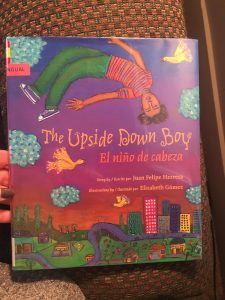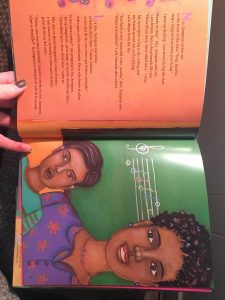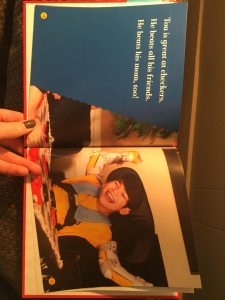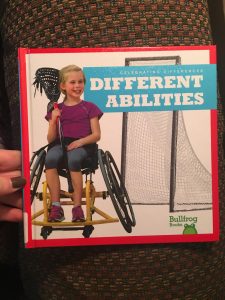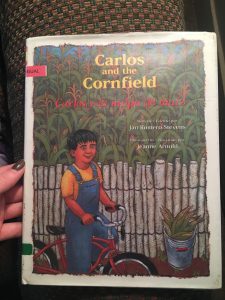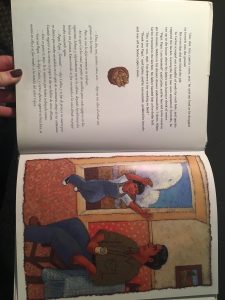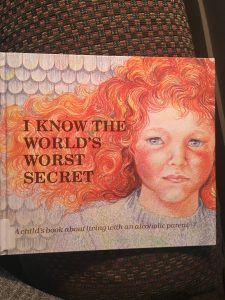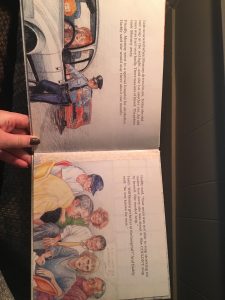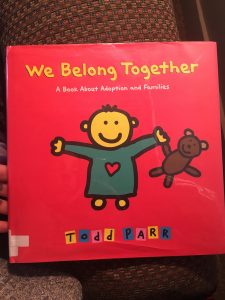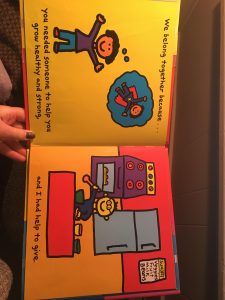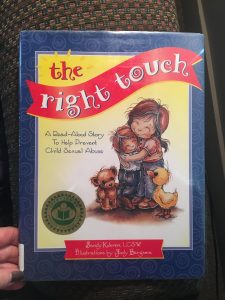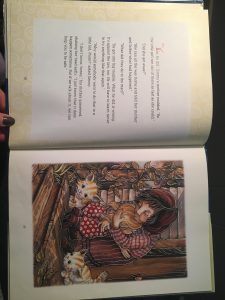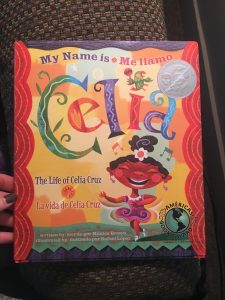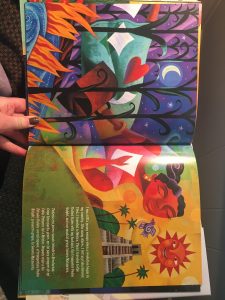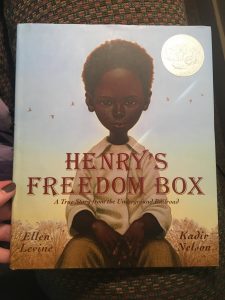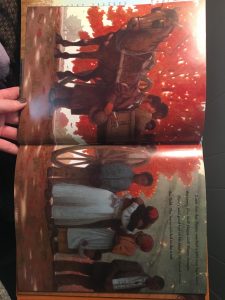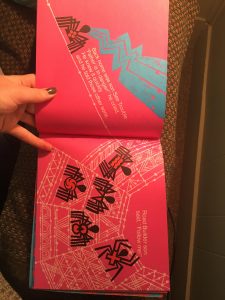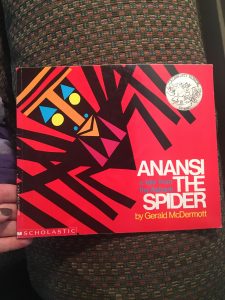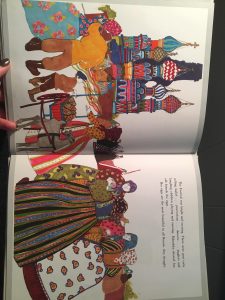
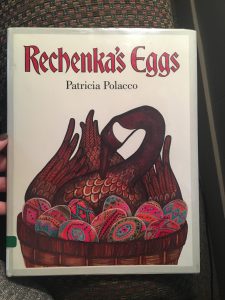
Title: Rechenka’s Eggs
Author: Patricia Polacco
Illustrator: Patricia Polacco
Publisher and Year: Philomel Books, 1988
Number of pages: 30
Tags/Themes: Animals, Picture Book, Emotion, Russian, K-1, 2-3, Diversity, Fine Arts, Olivia Ruff
Genre: Fiction
Descriptive Annotation: The book is about an old woman who paints eggs for a festival every year. During the winter she feeds the caribou, and once a wounded goose found her house. She tended to the goose, and once it broke all of the eggs she had painted for the upcoming festivals. The goose then began to lay painted eggs. She laid enough eggs for the woman to take to the festival, and then the goose had to leave with her flock. She left behind an egg with a baby goose in it that would stay with the woman forever.
Classroom Application: This book does not tell any lesson, but it uses aspects from a country that does not get much air time in children’s literature: Russia. The book uses Russian words, but it does not require any previous knowledge to understand it. This book could be used in an art class to introduce the Russian tradition of painting eggs. It could be used in a different classroom to show aspects of Russian culture in the classroom.
Linguistic and Cultural Diversity Analysis: There are a few Russian words in the book, and it puts an emphasis on the culture. The illustrations use aspects of Russian traditions such as the designs on the eggs or the patterns of the fabric used throughout the novel. The buildings are real buildings in Russia as well. Quotations: “Babushka lived alone in a dacha, a little house in the country, but she was known far and wide for the fine eggs that she lovingly painted” (1) and “She crossed the bridge over the Moskva River and soon she could see the onion domes of Old Moskva” (18).

